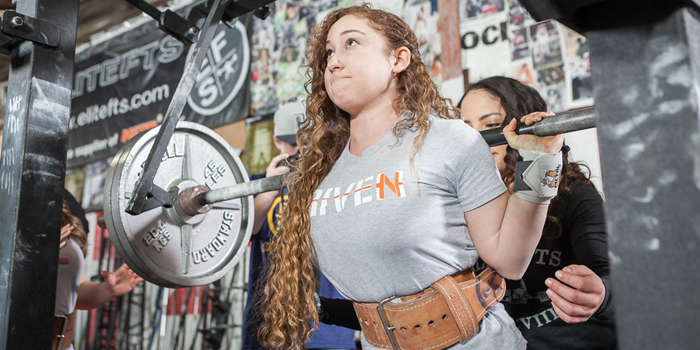
My 30th birthday is coming up, meaning I’ve spent half my life in the weight room. In my late teens, I started my undergraduate degree in exercise science. In my early twenties, I worked in strength and conditioning and competed in powerlifting. Then in my mid-20s, I pursued a master’s degree, and now a doctorate, studying muscle.
You would think with all that knowledge that I would have spent most of my life training intelligently, but nope, I have not. Instead, I've spent half of my life thus far training like an idiot.
RECENT: Can A Hickey Help Your Recovery?
So, despite knowing better, I’ve spent a half a lifetime learning some hard lessons when it comes to lifting, nutrition, and recovery. And so I found it fitting to share those hard lessons with you here.
Training harder is rarely better
Honestly, the hardest lesson I’ve learned in 15 years of training is that training harder is rarely better. I had this mentality that the harder I worked, the more I would improve. From 15 to 18, I trained like a total idiot with this mentality. I trained every day, often on three to five hours of sleep, both lifting and track practice. And despite training in that elusive hypertrophy rep range of eight to twelve (more on this below), I was barely 100 pounds. Over-trained was an understatement, and my progress after initial newbie gains was laughable.
In college, I decided to get a degree in exercise science, and I started to understand the science behind training and adaptation better. During this time, I learned about the general adaptation syndrome, which explains how the body responds to stress.
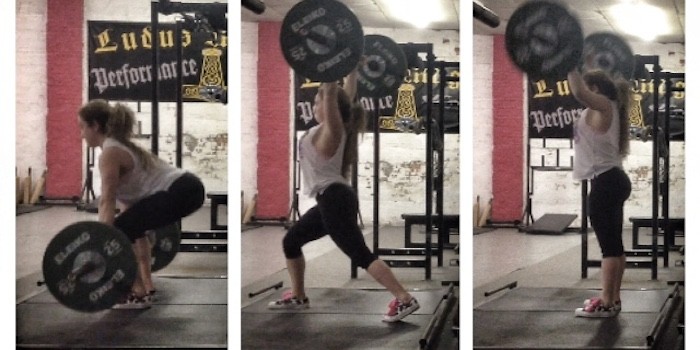
In a nutshell, the general adaptation syndrome describes how you respond to a stressor (like a training session), the physiologic effects that stressor has on you (like causing micro-damage to your muscles), and then how with sufficient recovery, you adapt and then reach a new baseline fitness/strength level.
Despite understanding that recovery was important for adaptation, I pretended it wasn't. I tried to program my strength training around not including recovery because deep down, I still stupidly believed that more was better.
Through undergrad and in my early 20s, I read as much as I could about programming and worked for several collegiate strength programs. I would always preach to my athletes the importance of recovery and used my acquired knowledge to make programs to which they adapted exceptionally well. Even though I would watch them recover and adapt to the training I programmed, I still couldn't practice what I was preaching.
When it came to myself, some ignorant part deep inside of me still felt more was better, and so I used my knowledge of programming to counteract my inability to take my advice. Honestly, it wasn't until my late 20s that I finally realized something I knew all along: days off and proper recovery are needed if you want to make progress.
Do you know what the worst part is? It's the fact that I was too stubborn to realize it from my lack of gains over the years. Instead, my ah-ha! moment was when my boyfriend switched from training every day to training every other or every two days. As soon as he started taking recovery days and worrying less about hitting every scheduled training days, he began to grow like a weed. And then something in my head said, holy shit, recovery matters.
So, after over a decade of stubbornness, I started adding in rest days. I started lifting every other and every two days, and I began to back off the cardio. And what do you know, my lifts went up, and I started to make more progress than ever.
RELATED: What I've Learned From the Mistakes I've Made as A Trainer
The moral of the story: More really isn’t better, and it's not going to help you make gains. The only kind of training that should be the balls-to-the-wall kind is the kind that’s there for a mental stress reliever when you are well aware it's not optimal for your progress.
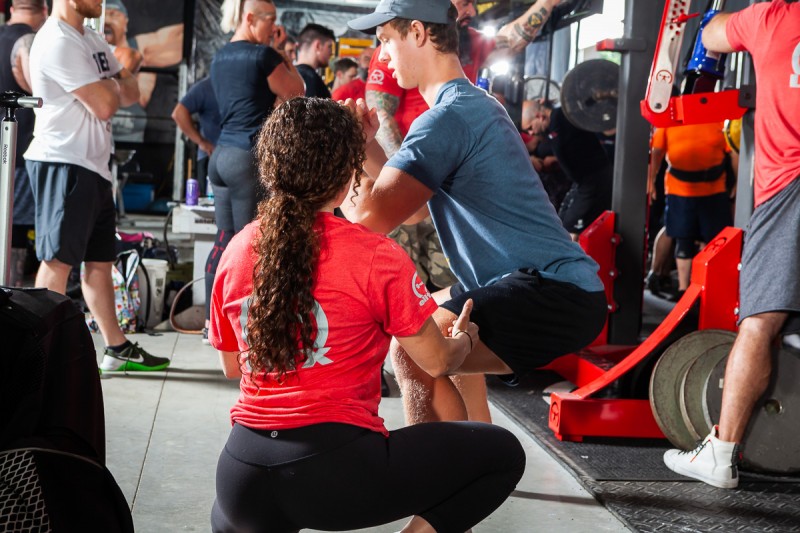
How you move (for fat loss) matters
For years, I believed that the best way to lean out was to do cardio. I had known for years that if calories in were fewer than calories out, then weight loss would occur. But it took me years to understand that weight loss doesn’t always mean leaning out. Hence too much cardio, done too often, at intensities higher than a regular activity like walking, doesn't result in a super lean body. This concept was very hard for me to grasp because when I was younger and running, I was super lean.
In my teenage years, a combination of track workouts and cross-country races kept me at a low body fat. However, when I was older, a combination of long-distance running and cardio on gym machines at a moderate intensity didn't have the same effect. Instead, my body would hold onto fat like it was the most important thing in the world. And, for the longest time, I couldn't understand why.
Then it hit me. When I looked at the average 5K and marathoner, I noticed that almost all those bodies were holding onto a decent amount of fat. I saw the same thing when I looked at the average long-distance cyclists. These exercisers, despite putting in tons of daily cardio were also not lean as you would expect for their given caloric output.
When I looked at sprinters and CrossFitters, I noticed something very different. Almost all of those athletes maintained a ton of muscle at a pretty lean weight. And then I looked at the large number walkers; I realized that most people of those people weren’t holding fat like the runners and cyclists. And then it hit me again.
When it comes to cardio, the adaptation you get isn’t about how much time you spend doing the activity; it’s about what the activity demands of you. For the sprinters and CrossFitters, their activity requires a high power output. It doesn’t help if the body has extra fat when it's trying to be as athletic and powerful as possible. When you do that type of stuff for cardio, your body is happy to give up adipose stores because it wants to hold onto its muscle (since that’s what helps you sprint and move weights).
Unfortunately, for the long-distance runners and cyclers, one of the most significant adaptations to be able to do that kind of cardio is energy availability. In the case of this type of cardio, fat is your predominant fuel source. As an adaption, your body is holding onto those fat stores so you have the energy for continued activity.
This realization really resonated with me because if I was honest with myself, over the years, I had reduced my running speed and increased my running time (but at a lower intensity), but my body fat percentage went up. Interestingly, when I dropped that moderate long-distance activity and turned to more walking and rucking, I leaned out again.
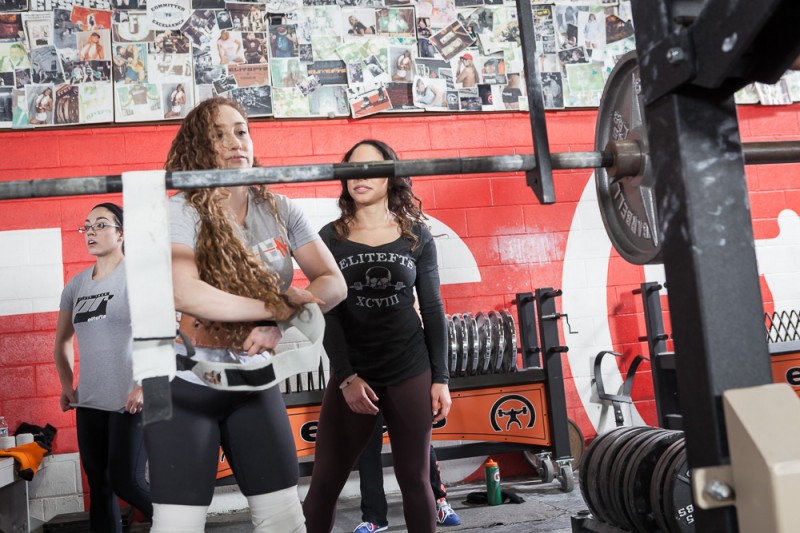
So what have I really learned over the years is that less more, and when it comes to leaning out that it's important to focus on activities that either force an adaptation of leaning out (like sprinting) or ones that burn calories without causing your body to adapt in a way where it hangs onto your fat stores (like walking or rucking). But at the end of the day, doing more moderate cardio just really isn’t a great thing, regardless of how many calories go out.
Mass gains are needed when you want to get stronger
Back when I competed at 105 and 97 pounds, I thought that as long as I kept my calories in equal with my calories out, that I could keep getting stronger without getting bigger. It worked from 2005 to 2012 because of a combination of:
- Newbie gains
- Good programming
- Body re-composition (where a lot of my youth adipose was replaced with muscle)
However, by the time I was 22, I was starting to max out my muscle mass on my tiny body and strength per pound. I was convinced this wasn’t the case, though. So, I decided I would do whatever it took to stay the same weight but get stronger.
Let me tell you, this process was a miserable fail. I’m embarrassed to admit this, but from 2012 to 2017, my bench only moved 10 pounds! During that time, my deadlift only went up 20 pounds. I spent five years barely getting stronger all because I refused to get bigger.
I’m not saying you have to go up a ton of weight classes and get fat to keep getting stronger. However, what I am saying is that at some point, to keep getting stronger, you will have to put on some size. The size increase doesn't have to be permanent, and for those wanting to stay in the same weight class, it’s much smarter to first put on some mass and strength, and then reduce your body fat to get back into your old weight class.
For the sake of progress, save yourself the wasted time and just put on some extra weight if you are in the business of chasing PRs. Once I stopped being so fixated on staying the same weight and just getting stronger, my bench went up 20 pounds in two years and my deadlift went up 40! And guess what: I’m back at the weight I was two years ago all because I first focused on getting stronger first and then focused on leaning out while maintaining strength.
Overall
It’s embarrassing to admit, but I spent half my life working against myself when it came to getting stronger and leaner. Because I love to train, I tried for so long to program and scientifically justify my training like an idiot. I’ll even admit that once I learned less was more, deep down I hated that optimal amounts of work yielded better results than lots of hard work.
READ MORE: How Many Times A Day Do You Train?
But that’s just the truth.
When it comes to strength and adaptations, being the hardest worker isn’t nearly as important as being the smartest worker. So don’t be an asshole like me and waste half of your 30s making suboptimal progress by thinking you can outsmart physiology. Instead, be smarter.










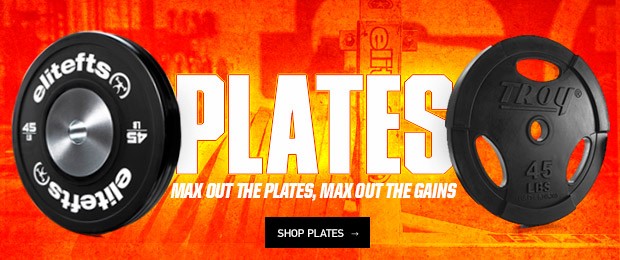
2 Comments